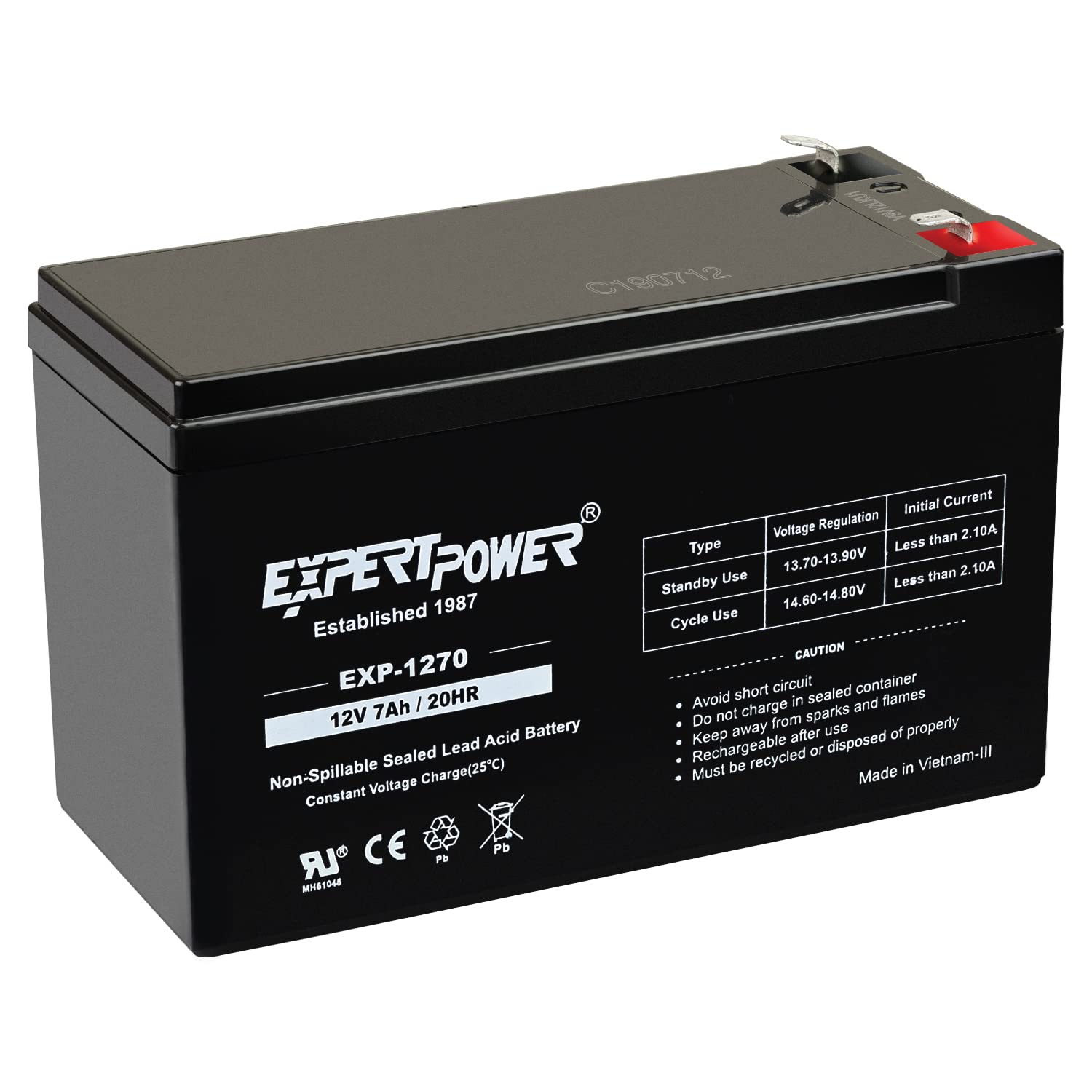

Articles
How To Store Lead Acid Batteries
Modified: May 6, 2024
Learn the best practices for storing lead acid batteries in this comprehensive articles. Discover how to extend the lifespan of your batteries and avoid common storage mistakes.
(Many of the links in this article redirect to a specific reviewed product. Your purchase of these products through affiliate links helps to generate commission for Storables.com, at no extra cost. Learn more)
Introduction
Lead acid batteries are widely used in various applications, from automobiles and marine vessels to backup power systems. Whether you have a spare battery for your vehicle or a backup battery for your home, proper storage is essential to maintain their performance and lifespan.
Storing lead acid batteries requires careful consideration of factors such as temperature, humidity, and charging practices. In this article, we will explore the steps you can take to ensure the optimal storage conditions for your lead acid batteries.
By following the tips and guidelines outlined here, you can maximize the lifespan of your batteries, minimize the risk of damage or leakage, and be confident that your batteries will be ready to perform when you need them.
Key Takeaways:
- Proper storage of lead acid batteries is crucial for maintaining performance and longevity. Understanding battery basics, choosing the right storage location, and implementing a charging schedule are key to ensuring optimal battery health.
- Regular maintenance, monitoring battery health, and troubleshooting storage issues are essential for maximizing the lifespan of lead acid batteries. Following safety precautions and proper storage practices will ensure reliable battery performance.
Read more: How To Store Oxalic Acid Powder
Understanding Lead Acid Batteries
Before diving into the details of storing lead acid batteries, it is important to have a basic understanding of how these batteries work. Lead acid batteries are rechargeable batteries that use a chemical reaction between lead and sulfuric acid to generate electrical energy.
These batteries consist of lead plates immersed in a solution of sulfuric acid, known as the electrolyte. When the battery is being used, a chemical reaction occurs between the lead plates and the sulfuric acid, producing electrical current. When the battery is being charged, the process is reversed, and the chemical reaction replenishes the energy that was depleted during use.
Lead acid batteries are known for their reliability and ability to deliver high currents, making them suitable for applications that require a substantial power supply. However, they are also prone to degradation and loss of performance if not properly maintained and stored.
One key factor to consider when storing lead acid batteries is the state of charge (SOC). The ideal SOC for storing lead acid batteries is around 50%. Storing the batteries at full charge or completely discharged can lead to sulfation, a process where lead sulfate crystals form on the plates, gradually reducing the battery’s capacity and overall performance.
Another important aspect to understand is the different types of lead acid batteries. The most common types are flooded lead acid batteries and valve-regulated lead acid (VRLA) batteries.
Flooded lead acid batteries have removable caps that allow for the addition of distilled water to maintain the proper electrolyte level. They require regular maintenance, including checking the electrolyte level and specific gravity, to ensure optimal performance.
VRLA batteries, on the other hand, are sealed and require minimal maintenance. They are designed with pressure valves that release excess gas and prevent the electrolyte from drying out. VRLA batteries are commonly used in UPS systems, telecommunications, and other applications where maintenance is impractical.
Now that you have a basic understanding of lead acid batteries, let’s explore the next steps in storing them properly to prolong their lifespan and maintain their performance.
Choosing the Right Storage Location
When it comes to storing lead acid batteries, selecting the right storage location is crucial for maintaining their integrity and preventing potential damage. Here are some factors to consider when choosing the storage location:
- Temperature: Lead acid batteries prefer cooler temperatures for storage, ideally between 50°F (10°C) and 80°F (27°C). Exposure to extremely high temperatures can accelerate the battery’s self-discharge rate and shorten its lifespan. Similarly, exposing the batteries to freezing temperatures can lead to irreversible damage. Avoid storing batteries in areas prone to extreme temperature fluctuations, such as garages or sheds without temperature control.
- Humidity: High humidity levels can cause corrosion and damage to lead acid batteries. It is recommended to store the batteries in a location with moderate humidity levels and good ventilation to prevent moisture buildup. Avoid storing batteries in damp or excessively humid areas, such as basements or crawl spaces.
- Ventilation: Lead acid batteries release small amounts of gas during the charging process. To ensure safety and prevent the buildup of potentially flammable gas, store the batteries in a well-ventilated area. Avoid storing them in confined spaces or near flammable materials.
- Security: Consider the security of the storage location to prevent theft or unauthorized access to the batteries. If possible, choose a locked storage area or install a security system to protect your valuable battery assets.
- Elevated Storage: If your storage area is prone to flooding or water leaks, it’s best to elevate the batteries off the ground. Placing them on pallets or elevated shelving can help protect them from potential water damage.
- Accessibility: Ensure that the storage location allows for easy access to perform regular maintenance tasks, such as checking the battery condition, adding distilled water, or charging the batteries if necessary. Convenience and accessibility will make it easier to stay on top of battery maintenance.
By considering these factors and choosing an appropriate storage location, you can create an optimal environment for storing lead acid batteries. This will help preserve their performance, extend their lifespan, and ensure they are ready for use when needed.
Preparing Lead Acid Batteries for Storage
Properly preparing lead acid batteries for storage is essential to maintain their performance and prevent potential damage. Follow these steps to ensure your batteries are ready for storage:
- Clean the Batteries: Before storing, make sure to clean the batteries to remove any dirt, debris, or corrosive substances. Use a mixture of baking soda and water to neutralize any acid residue, and rinse thoroughly with clean water. Dry the batteries completely before proceeding with the next steps.
- Inspect for Damage or Leaks: Check each battery for any signs of damage, corrosion, or leaks. If you notice any cracks, bulges, or leaks, it is important to address these issues before storage. Damaged batteries can pose safety risks and may not perform optimally. Replace any damaged batteries before storing them.
- Disconnect the Batteries: If the batteries are connected to any devices or equipment, disconnect them to prevent any inadvertent drain on the batteries during storage. This will help maintain their charge level and prevent self-discharge over time.
- Charge the Batteries: It is recommended to fully charge the batteries before storing them. A fully charged battery is less prone to sulfation and will have a higher chance of retaining its capacity during storage. Use an appropriate charger and follow the manufacturer’s guidelines for charging lead acid batteries.
- Check Electrolyte Level: For flooded lead acid batteries, check the electrolyte level and add distilled water as needed. Ensure that the electrolyte level is above the minimum required level. Do not overfill, as excessive electrolyte can spill during storage and cause damage to the battery and surrounding area.
- Label and Date the Batteries: Properly label each battery with its type, date of storage, and any other relevant information. This will help you keep track of battery inventory and ensure that the oldest batteries are used first.
By following these preparation steps, you can ensure that your lead acid batteries are in optimal condition before they go into storage. This will help extend their lifespan and ensure that they are ready for use when you need them again.
Cleaning and Maintenance Tips
Cleaning and regular maintenance of lead acid batteries are crucial to their longevity and performance. Here are some important tips to keep in mind:
- Wear Protective Gear: When handling lead acid batteries or performing maintenance tasks, always wear protective gloves, goggles, and clothing to protect yourself from any potential hazards. The electrolyte in lead acid batteries is corrosive and can cause skin and eye irritation.
- Regularly Inspect the Batteries: Regularly inspect the batteries for any signs of damage, leaks, or corrosion. If you notice any issues, address them promptly to prevent further damage or deterioration. Clean any corrosion using a mixture of baking soda and water, and rinse thoroughly.
- Monitor the Electrolyte Level: For flooded lead acid batteries, regularly check the electrolyte level and top up with distilled water as needed. Ensure that the level is above the minimum required level but never overfill. Maintain an appropriate electrolyte level to prevent the plates from being exposed to air, which can lead to sulfation.
- Check the Charge Level: Periodically measure the charge level of your lead acid batteries using a battery tester or voltmeter. This will give you an indication of their state of charge and whether they require recharging. Remember that storing batteries at a low charge level can lead to sulfation and reduced performance.
- Implement a Charging Schedule: If you have long-term storage of lead acid batteries, implement a regular charging schedule to prevent self-discharge and maintain optimal charge levels. Depending on the battery type and storage conditions, a maintenance charge every few months may be needed.
- Keep Batteries Dry: Ensure that the battery and storage area remain dry at all times. Moisture or water exposure can cause damage to the battery terminals or wiring connections and lead to corrosion or electrical problems.
- Avoid Overdischarge: Excessive discharge can lead to irreversible damage to lead acid batteries. Avoid completely discharging the batteries during use and aim to recharge them before reaching critically low levels to maintain their health and performance.
- Follow Manufacturer’s Guidelines: Always refer to the manufacturer’s guidelines and recommendations for maintenance and cleaning specific to your lead acid battery model. Different battery types may have specific requirements, and following these guidelines will help ensure optimal performance and safety.
By implementing these cleaning and maintenance tips, you can prolong the lifespan of your lead acid batteries and ensure that they continue to deliver reliable performance over time.
When storing lead acid batteries, make sure to keep them in a cool, dry place and avoid extreme temperatures. It’s also important to regularly check the battery’s charge and top it off if necessary to prevent sulfation.
Read more: How To Store Sulfuric Acid
Implementing a Charging Schedule
Implementing a charging schedule is essential for maintaining the health and performance of your lead acid batteries during storage. Here are some steps to help you establish an effective charging schedule:
- Understand Battery Chemistry: Different types of lead acid batteries have varying charging requirements. It is important to understand the specific charging characteristics of your batteries to ensure you provide the appropriate charge levels and avoid overcharging or undercharging them.
- Consider Battery Capacity: Take into account the capacity of your batteries when determining the charging schedule. Larger capacity batteries may require more time to charge fully compared to smaller ones.
- Set a Regular Charging Interval: Depending on the storage duration, establish a regular charging interval to maintain the batteries’ charge level. For shorter storage periods, a monthly or bi-monthly charge may be sufficient. For long-term storage, consider a quarterly or semi-annual charging schedule.
- Use a Trickle Charger or Maintenance Charger: Trickle chargers or maintenance chargers are designed to provide a low and constant charge to batteries without overcharging them. These chargers are ideal for maintaining the charge level during storage. Select a charger suitable for your battery type and ensure it has an automatic shut-off feature to prevent overcharging.
- Follow Charging Guidelines: Refer to the manufacturer’s guidelines for recommended charging voltages and currents specific to your lead acid battery. Adjust the charging settings on your charger accordingly to ensure the proper charge is delivered to the battery during each charging session.
- Monitor Charging Progress: Regularly inspect the charging progress and check the voltage and current levels during the charging process. Ensure they are within the recommended range for your battery to avoid overcharging or undercharging.
- Keep Batteries in a Ventilated Area: When charging lead acid batteries, ensure that the charging area is well-ventilated to disperse any gas that may be released during the process. Avoid charging batteries in confined spaces or near flammable materials.
- Record Charging Dates and Results: Maintain a record of the charging dates and the results of each charging session. This helps track the maintenance history and ensures that each battery receives regular charging according to your schedule.
By implementing a charging schedule, you can prevent the batteries from self-discharging and maintain their charge levels, prolonging their lifespan and ensuring they are ready to perform when needed. Remember to always follow the manufacturer’s guidelines and use caution when handling and charging lead acid batteries.
Monitoring Battery Health during Storage
Monitoring the health of your lead acid batteries during storage is crucial to ensure they remain in good condition and ready for use when needed. Here are some important steps to help you effectively monitor battery health:
- Regular Visual Inspections: Perform visual inspections of the batteries periodically. Check for any signs of damage, leakage, or bulging. If you notice any issues, address them promptly to prevent further damage.
- Check Charge Level: Use a voltmeter or battery tester to measure the charge level of your lead acid batteries. Compare the reading to the manufacturer’s recommended voltage range for fully charged batteries. If the voltage is below the recommended range, it may indicate a need for charging.
- Perform Capacity Tests: Periodically assess the capacity of the batteries by conducting capacity tests. This involves discharging the battery to a specific voltage and recording the amount of time it takes for the battery to reach that point. By comparing these results to the battery’s rated capacity, you can evaluate its health and performance.
- Monitor Temperature: Keep an eye on the storage temperature of the batteries. Extreme temperatures can negatively impact battery performance and lifespan. Ensure that the storage location remains within the recommended temperature range to prevent degradation.
- Record Maintenance Activities: Keep a record of all maintenance activities performed on the batteries, including cleaning, charging, and any repairs or replacements. This will help you track their maintenance history and identify any recurring issues that need attention.
- Implement Regular Testing: Consider using a battery analyzer or conductance tester to assess the internal condition of the batteries. These tools can provide more accurate and detailed information about the battery’s health, such as its internal resistance and overall state of charge.
- Check Electrolyte Levels: For flooded lead acid batteries, monitor the electrolyte levels regularly. Ensure they remain above the minimum required level. If the levels are low, add distilled water as needed to maintain the optimal electrolyte level.
- Consider Battery Monitoring Systems: For larger battery setups or critical applications, installing battery monitoring systems can provide real-time data on voltage levels, temperature, and other key metrics. These systems can alert you to any abnormalities or issues with the batteries, allowing for prompt action.
By regularly monitoring and maintaining the health of your lead acid batteries during storage, you can address potential issues early on and ensure that the batteries remain in optimal condition. This proactive approach will help extend their lifespan and guarantee their reliable performance when you need them most.
Potential Hazards and Safety Precautions
Lead acid batteries, while reliable and widely used, can pose potential hazards if not handled and stored correctly. It is important to be aware of these hazards and take necessary safety precautions to prevent accidents or injuries. Here are some potential hazards and safety measures to keep in mind:
- Acid Exposure: The electrolyte in lead acid batteries contains sulfuric acid, which is corrosive and can cause severe burns or harm to the skin, eyes, and respiratory system. Always wear appropriate protective gear, including gloves, goggles, and clothing, when handling batteries or performing maintenance tasks.
- Electrical Shock: Lead acid batteries can deliver a significant amount of electrical current, which poses a risk of electrical shock. Avoid touching the battery terminals or making contact with conductive materials while working with batteries. Disconnect any charging sources before performing maintenance or handling batteries.
- Gas Release: During charging or discharging, lead acid batteries release small amounts of hydrogen gas, which is highly flammable and can create a hazardous environment if it accumulates in a confined space without proper ventilation. Always store and charge batteries in well-ventilated areas.
- Explosion Risk: Under certain conditions, such as overcharging or excessive heat, lead acid batteries can produce hydrogen gas and potentially explode if ignited. Avoid exposing batteries to extreme temperatures or overcharging them. Use chargers specifically designed for lead acid batteries and follow the manufacturer’s recommendations.
- Proper Disposal: Lead acid batteries contain hazardous materials and should be disposed of correctly. Many jurisdictions have specific regulations for battery disposal. Contact your local recycling or waste management facility to find out the proper disposal methods for lead acid batteries in your area.
- Fire Safety: In the event of a battery fire, it is important to have a fire extinguisher nearby and know how to use it. Use a Class D fire extinguisher specifically designed for extinguishing metal fires. Never use water to extinguish a battery fire, as it can spread the fire or cause an explosion.
- Safe Storage: Store lead acid batteries in a cool, dry, and well-ventilated area away from flammable materials. Keep batteries secured and prevent them from tipping, as this can cause damage to the battery casing and potential acid leakage.
- Follow Manufacturer’s Guidelines: Always follow the manufacturer’s guidelines and recommendations for handling, maintenance, and storage of lead acid batteries. Each battery may have specific instructions and safety precautions, so it is important to read and understand the accompanying documentation.
By understanding and adhering to these safety precautions, you can minimize the risks associated with lead acid batteries and ensure a safe and secure environment for handling and storing them.
Troubleshooting Storage Issues
While following proper storage practices is essential for maintaining lead acid batteries, issues can still arise. Here are some common storage issues you may encounter and troubleshooting steps to help resolve them:
- Battery Self-Discharge: If you find that your batteries are losing charge quickly during storage, it may be due to self-discharge. Self-discharge occurs naturally over time and can be caused by factors such as high temperatures or low electrolyte levels. To troubleshoot this issue, ensure that the batteries are fully charged before storage, store them in a cool environment, and check the electrolyte levels regularly and top up as needed.
- Sulfation: Sulfation is a common problem with lead acid batteries where lead sulfate crystals form on the plates, reducing the battery’s capacity and performance. If you notice signs of sulfation such as decreased capacity or increased self-discharge, you can try desulfating the batteries using a desulfator or a controlled high-voltage pulse charger. Follow the manufacturer’s instructions for using desulfators or consult a professional if necessary.
- Corrosion and Leaks: Corrosion or leaks can occur if the batteries are exposed to moisture or if there are damaged seals or connections. To troubleshoot this issue, inspect the batteries for any signs of corrosion or leakage. Clean the affected areas using a mixture of baking soda and water, and rinse thoroughly. Replace any damaged battery parts or seals to prevent further corrosion or leaks.
- Overcharging: Overcharging can lead to battery damage and reduced lifespan. To troubleshoot this issue, ensure that the charging voltage and current are within the manufacturer’s recommended guidelines. Consider using a charger with an automatic shut-off feature or a smart charger that adjusts the charging parameters based on the battery’s needs.
- Low Electrolyte Levels: If you notice that the electrolyte level in flooded lead acid batteries is consistently low, it may indicate a problem. Check for any cracks or damage to the battery case and replace the affected battery if necessary. Additionally, ensure that the batteries are not overcharged, as excessive charging can cause electrolyte loss.
- Insufficient Maintenance: Lack of proper maintenance can lead to various storage issues. To troubleshoot this, ensure that you are regularly inspecting and cleaning the batteries, checking charge levels, and performing necessary maintenance tasks such as adding distilled water or equalizing the batteries if recommended by the manufacturer.
- Aging Batteries: Over time, lead acid batteries naturally degrade and may experience reduced performance or capacity. If you continue to experience issues even after troubleshooting, it may be a sign that the batteries have reached the end of their useful life. Consider replacing them with new batteries to ensure reliable performance.
If you encounter persistent storage issues or are unsure how to troubleshoot a particular problem, it is advisable to consult a battery specialist or the manufacturer for guidance. They can provide expert advice tailored to your specific battery type and situation.
By promptly addressing storage issues and taking necessary troubleshooting steps, you can ensure that your lead acid batteries remain in optimal condition and achieve their maximum lifespan.
Read more: How To Store Hydrofluoric Acid
Conclusion
Proper storage of lead acid batteries is paramount to maintain their performance, longevity, and safety. By following the guidelines and implementing the best practices outlined in this article, you can ensure that your batteries are in optimal condition and ready for use when needed.
Understanding the basics of lead acid batteries, such as their chemical composition and different types, sets the foundation for proper storage. Choosing the right storage location, considering factors like temperature, humidity, and ventilation, creates an environment that promotes battery health.
Preparing the batteries for storage by cleaning them, inspecting for damage, disconnecting them, and charging them to the appropriate level helps maximize their lifespan and prevent degradation. Regular maintenance, including cleaning, monitoring charge levels, and checking electrolyte levels, is crucial for identifying and addressing any storage issues.
Implementing a charging schedule ensures that the batteries maintain optimal charge levels during storage, while monitoring their health through visual inspections, capacity tests, and checking for self-discharge allows you to promptly address any issues that may arise.
Lastly, it is important to be aware of potential hazards associated with lead acid batteries and follow safety precautions to protect yourself and your surroundings. By troubleshooting any storage issues that may occur, you can minimize damage and ensure that your batteries perform at their best.
In conclusion, proper storage and maintenance practices for lead acid batteries are essential for their longevity, performance, and safety. By incorporating the suggestions and precautions detailed in this article, you can confidently store your lead acid batteries and have peace of mind knowing they will be reliably available whenever you need them.
Now that you've got the rundown on storing lead acid batteries safely, why stop there? Dive into our next feature on the latest advancements in storage solutions with "15 Best Battery Storage For 2024." This guide offers a comprehensive look at top choices for keeping your batteries efficient, safe, and ready to go. Perfect for anyone looking to step up their battery care game, this article sheds light on innovative storage options that are a cut above the rest. Don't miss out on finding the perfect storage solution for your needs.
Frequently Asked Questions about How To Store Lead Acid Batteries
Was this page helpful?
At Storables.com, we guarantee accurate and reliable information. Our content, validated by Expert Board Contributors, is crafted following stringent Editorial Policies. We're committed to providing you with well-researched, expert-backed insights for all your informational needs.
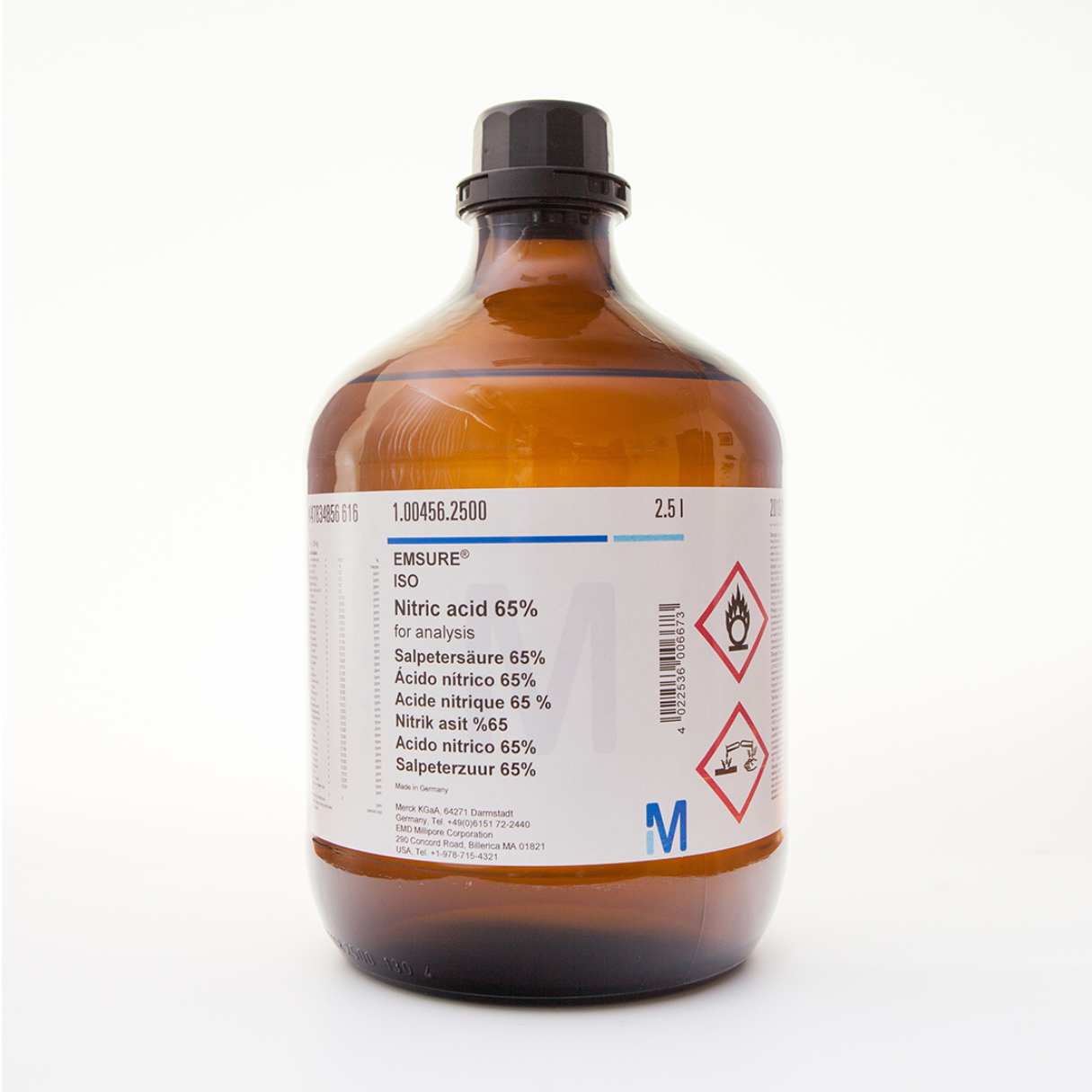
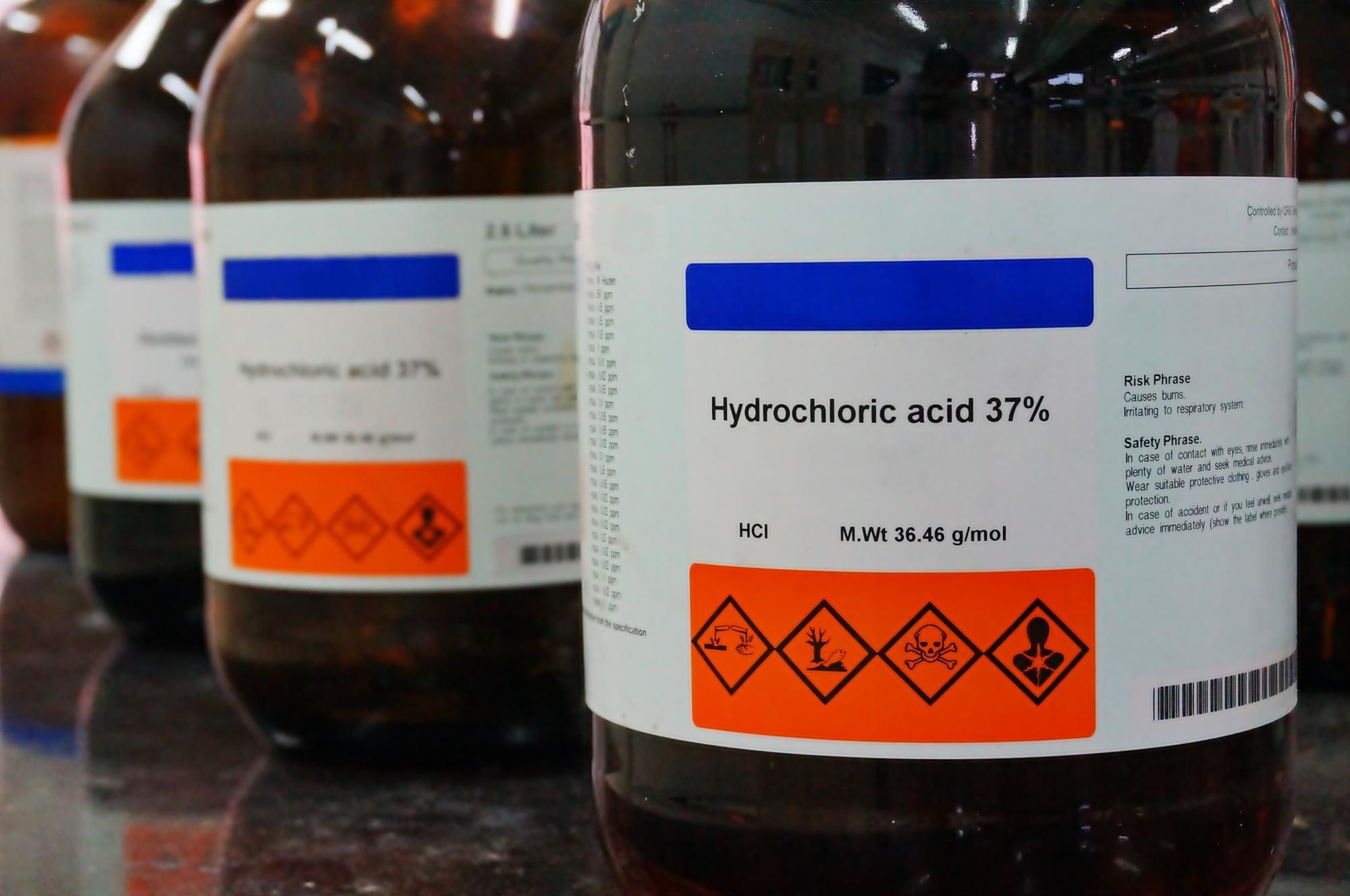


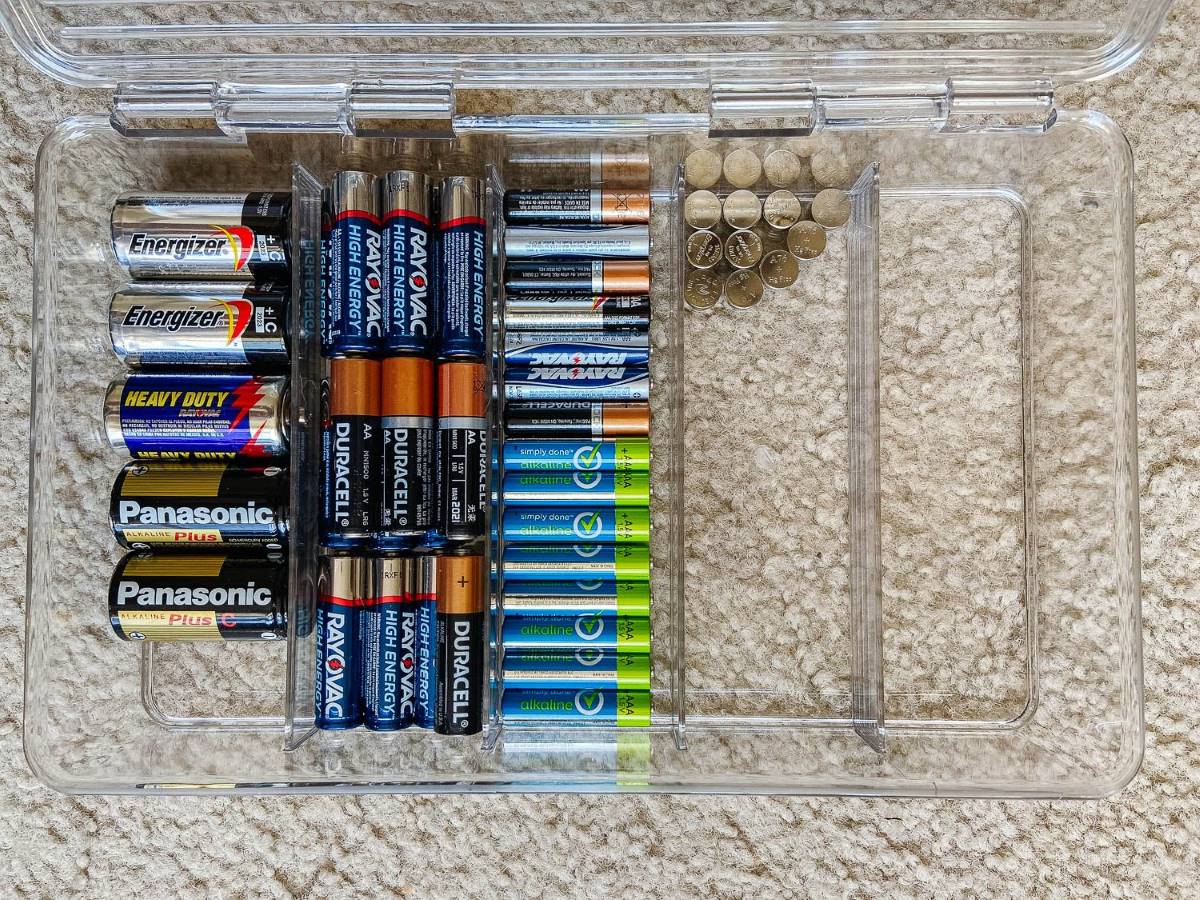

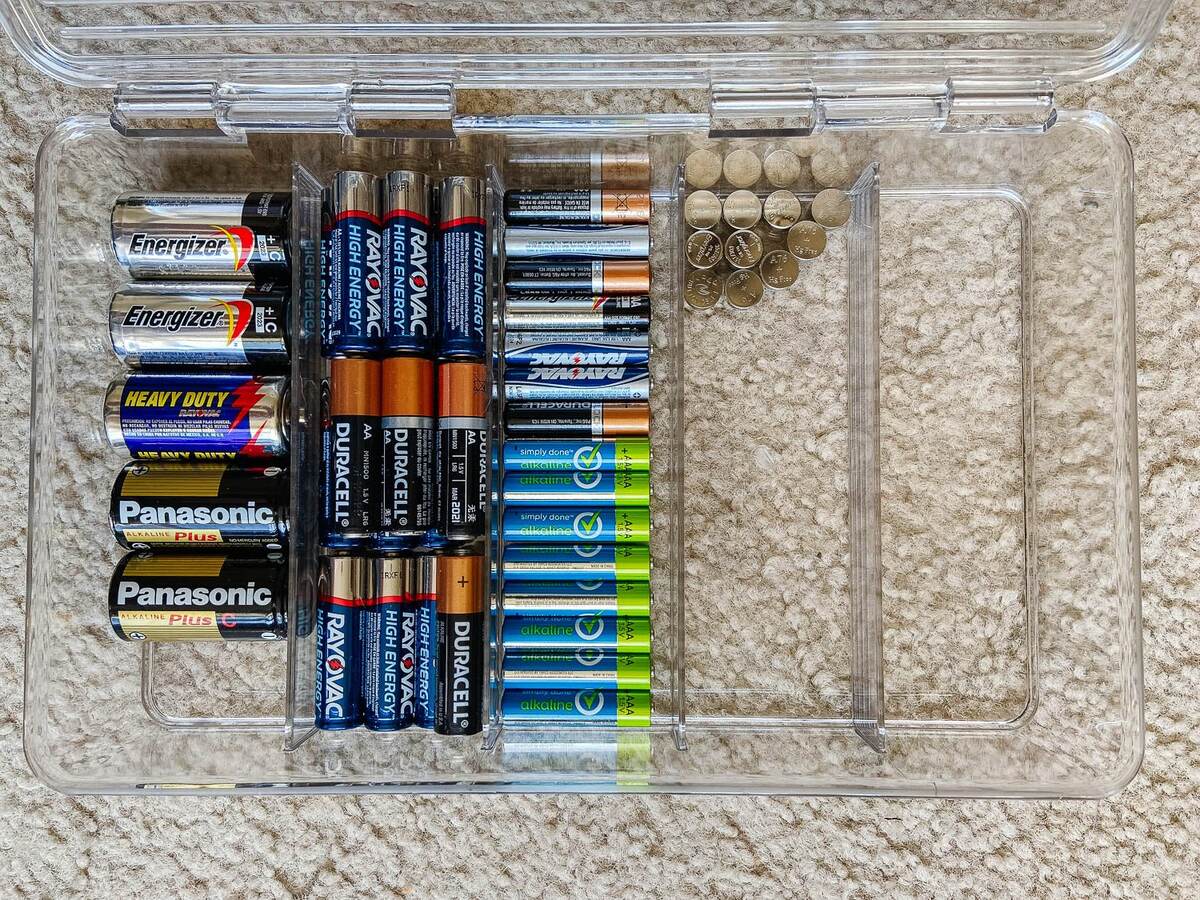

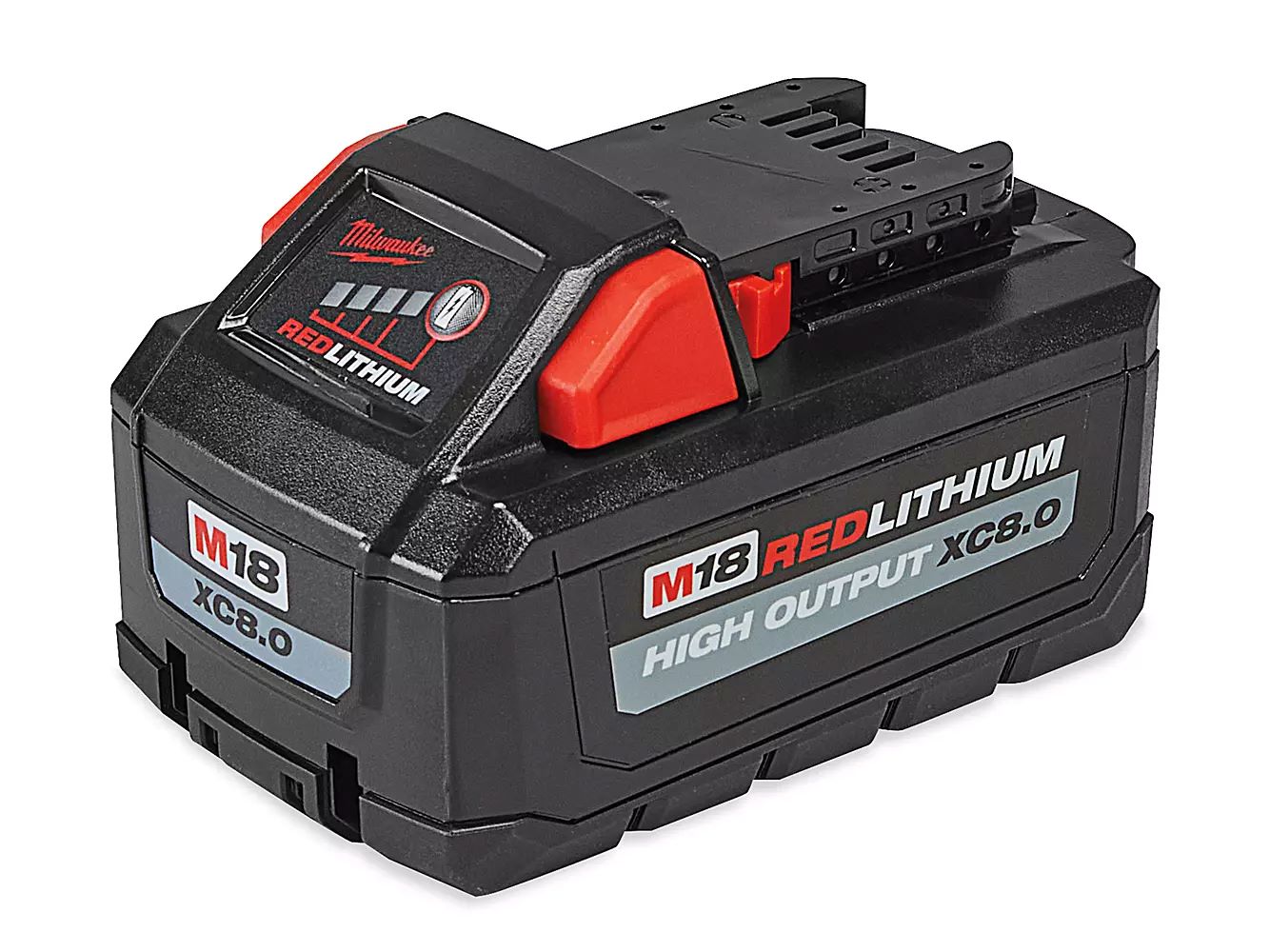

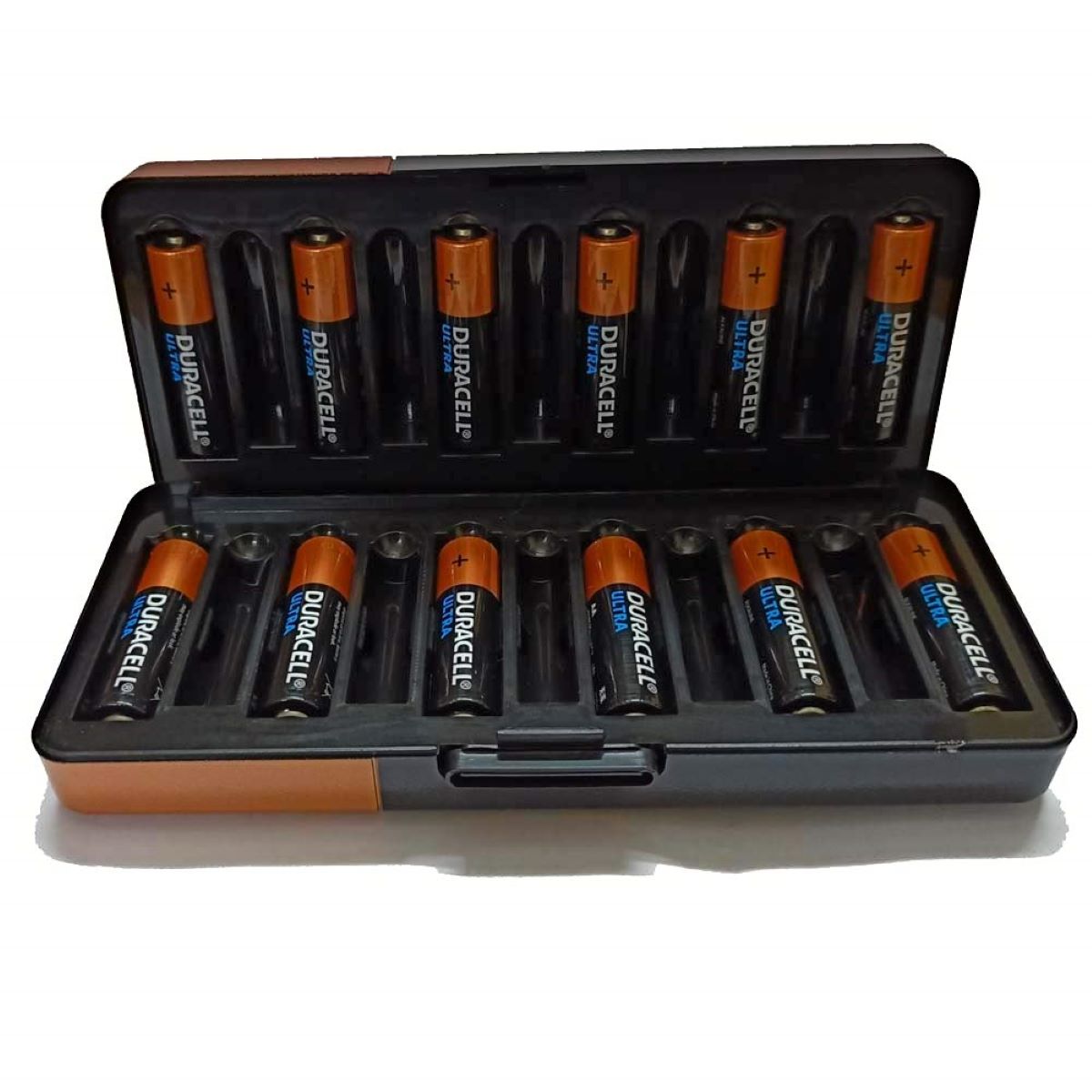
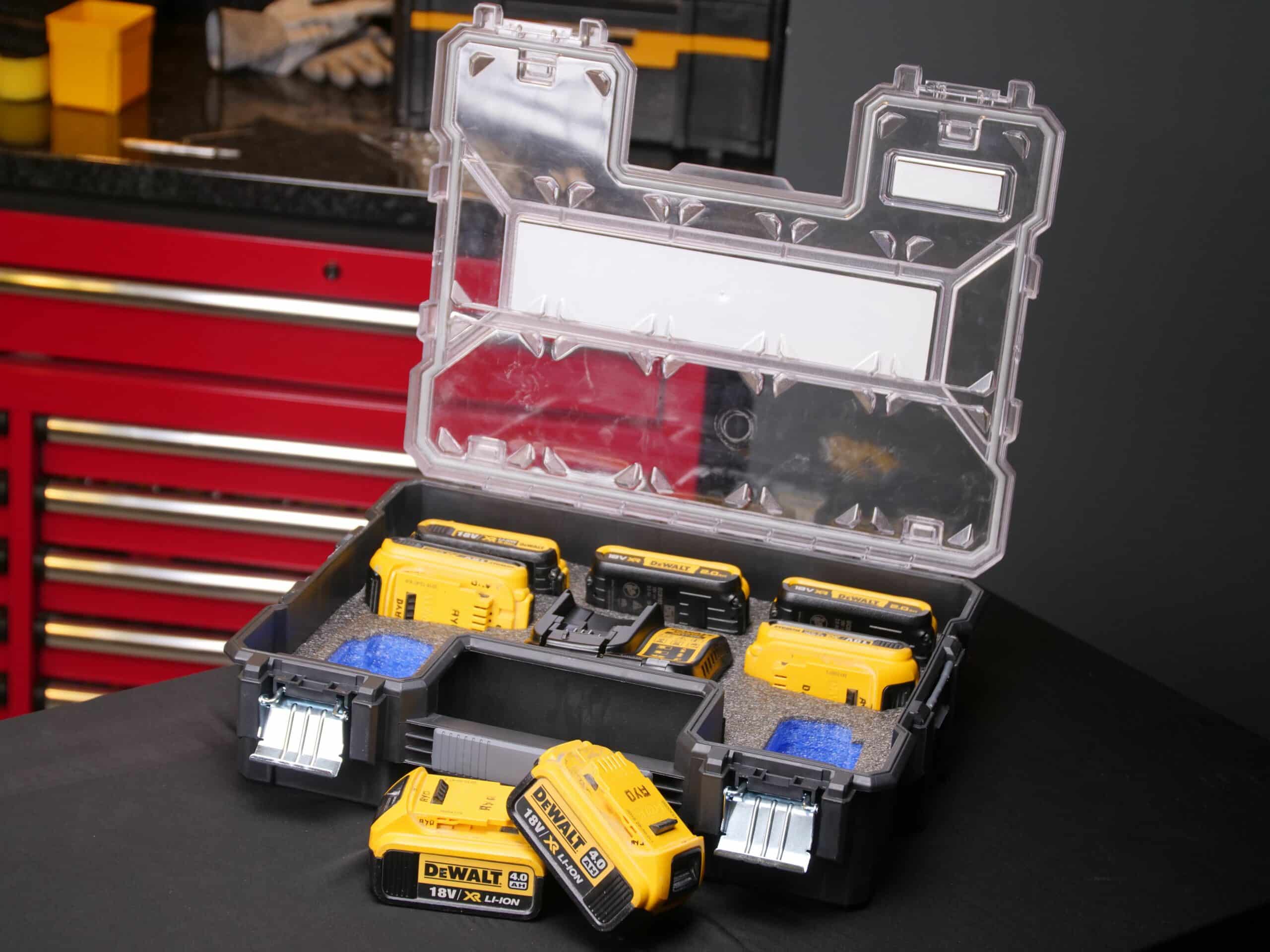
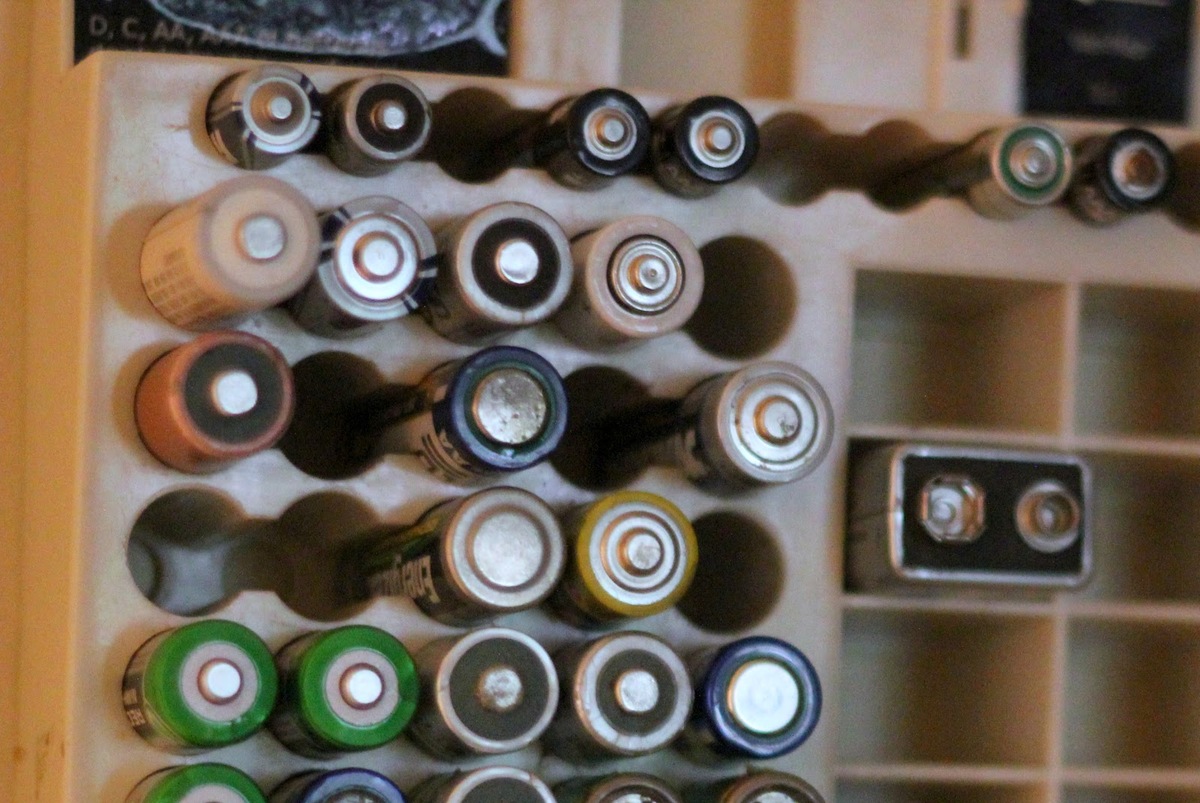

0 thoughts on “How To Store Lead Acid Batteries”